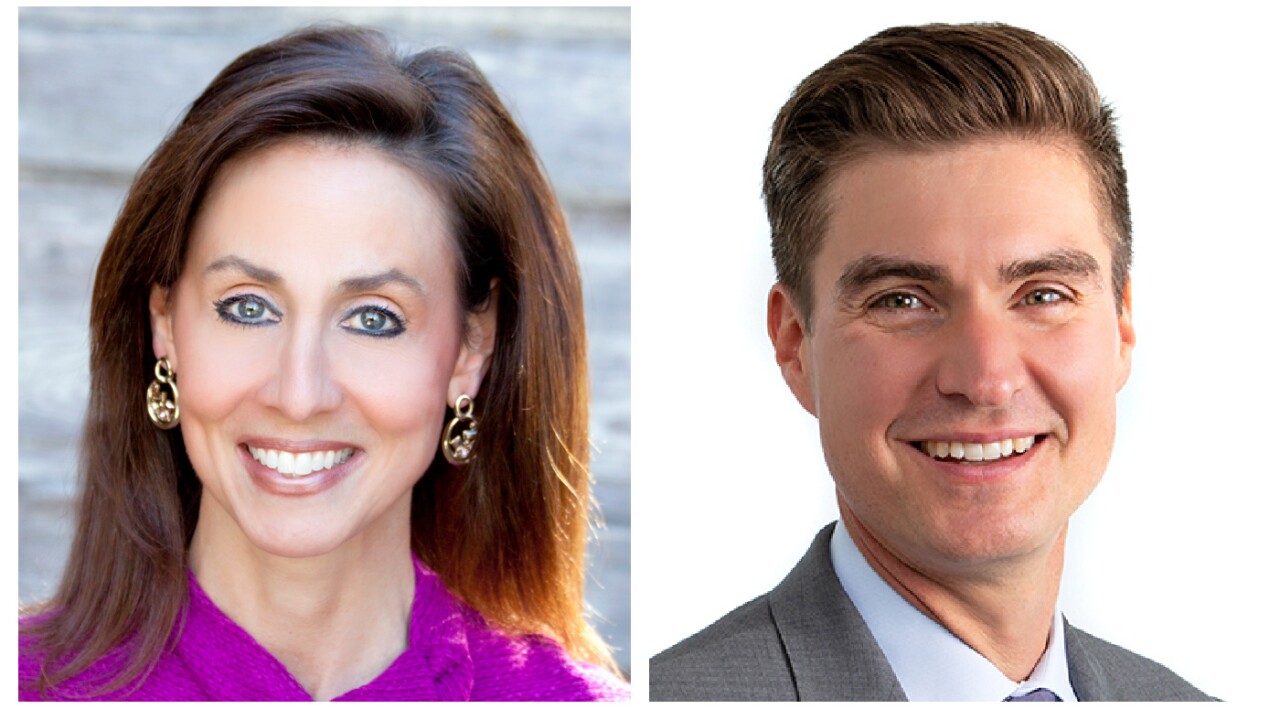
Wells Fargo's virtual assistant, Fargo, is just over six weeks old and it has already had more than two million conversations with customers.
To put this in perspective, the $1.9 trillion-asset bank does have 69 million customers. Still, the quick uptake has been encouraging to Michelle Moore, head of digital at Wells Fargo, who oversees Fargo as well as wealth management technology at the bank.
Fargo launched in late April. In late May, the bank added the ability for customers to use a smartphone microphone to talk to Fargo (voice in, it does not have voice out yet). It also introduced Fargo's first insights into users' spending habits.
Moore was named American Banker's Digital Banker of the Year in 2017 in honor of her work guiding the development of Bank of America's Erica virtual assistant. She will be speaking at American Banker's
How is the rollout of Fargo going?
We're really excited about the early results. We hit a million customer interactions in a month and two million within six weeks. I looked at other apps and Instagram got a million in that amount of time. For a short period of time, I thought, we're in the big league.
We have support for Spanish on the agenda for August or September. By the end of the year we will expand all the insights around subscriptions, balances, paycheck posting, all the reminders customers want to have better use of their data.
Customers will enter or modify their financial goals in Life Sync, which will immediately alert their financial advisor.
At the same time, we've been super busy with LifeSync.
The other thing that we will start piloting this month with employees on the wealth side is stock fractions. The ability to buy a portion of a stock, opening up the investing to either younger consumers or those who don't know investing and don't want to take a lot of risk. This all started when Google and Amazon had stock prices of $2,000 and $3,000. Who can afford that? We're excited to test stock fractions with employees this month.
Do you know what kinds of things people are asking Fargo for?
They're looking to understand transactions. What did I spend my money on? I want to do a balance transfer, what is my routing number? I'd like to dispute a transaction. They're using Zelle a lot. They're searching for products like our flex loan product, and they're also asking to speak with an agent, which we can transfer over to our call center.
When you say flex loan, is that a personal loan?
Yes, it's the new flex loan, where you can take on increments of $250 and $500 and you pay it off very transparently in installments. So in the mobile app, you can toggle between the two amounts. It tells you exactly when your payments are due, it tells you what the payments are, so it's completely transparent. And you can do it in two minutes or less on the mobile app. And as soon as you complete it, the funds are in your checking account.
When banks deploy virtual assistants or chatbots, they have an extra challenge: They not only have to understand what the customer is saying and respond appropriately, but they actually have to execute. So if somebody wants to transfer money from one account to another or whatever it is they want to do, you have to set a process in motion to make that happen. In the case of Fargo, was there a lot of work in building workflows and connecting different pieces on the back end that allow you to actually execute on tasks?
Yes. That's the most complex part of building this. But once you build it once, then we're good to go. If a customer wants to Zelle $20 to someone, the customer says something to Google [
Google engineers are now embedded throughout Wells Fargo to co-develop on projects like Fargo. How is that going? These are two very different companies, with different cultures and different ways of operating. Have there been any culture clashes?
Yolande [Piazza, vice president of financial services, Google Cloud] came from the banking industry, so she understands Wells Fargo. She and I spent a lot of time with Google to understand their culture. Yolande can say, well, Michelle, did you think about this? Did you think about that? Because she understands our industry. And then I can throw off ideas to say, well, here's the client experience we're trying to get. Here's where our end goal is. Yolande and I do road shows together. It truly is a partnership; there's no emptiness behind that word.
I
That's not where Fargo has started. Will it get there someday? I don't know. If it does, it will obviously be done responsibly. Because I think that's more of where the industry is focused: How do we responsibly, all of us, collectively use AI? What does that mean? What are the guiding principles?






